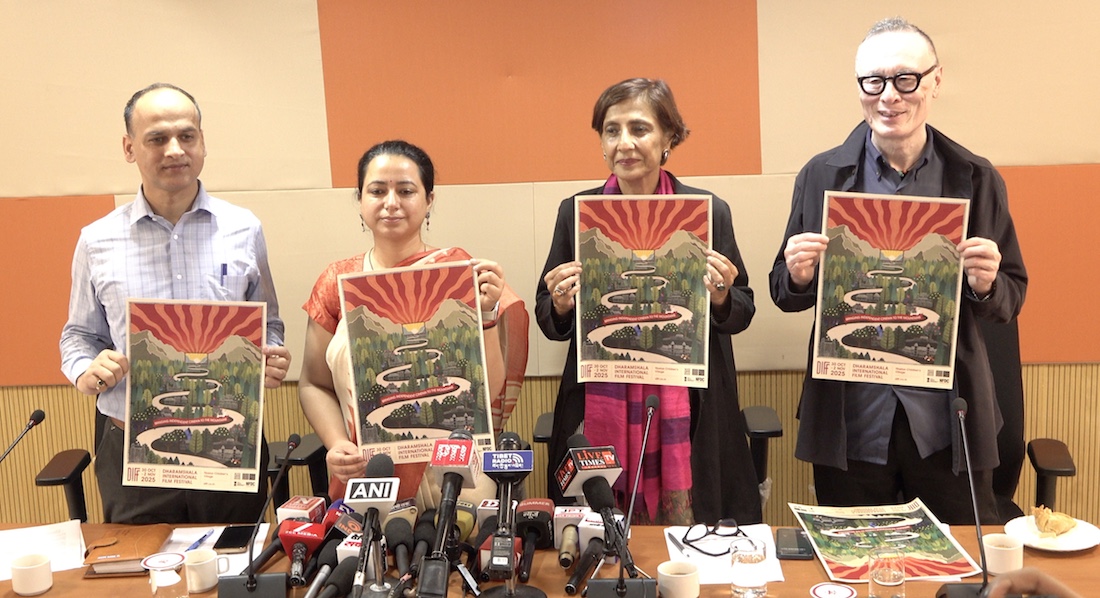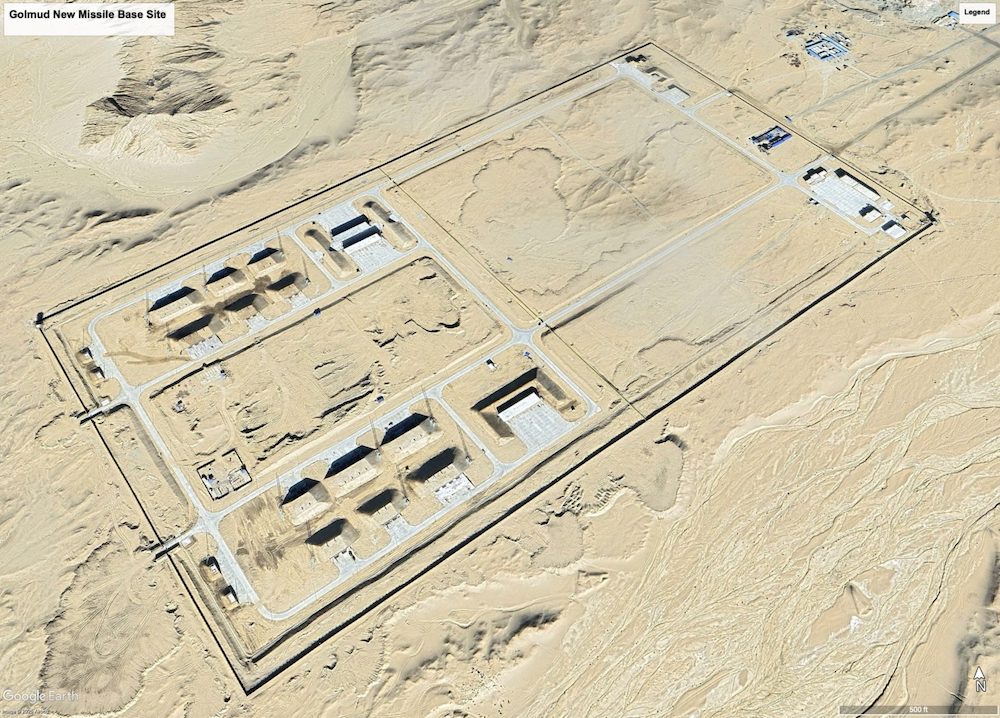By Misha Berson
Seattle Times theater critic
 The storybook “Tibet Through the Red Box” describes the fascinating, revelatory, at times harsh journey of a traveling Czech filmmaker lost in the Himalayas in the late 1950s.
The storybook “Tibet Through the Red Box” describes the fascinating, revelatory, at times harsh journey of a traveling Czech filmmaker lost in the Himalayas in the late 1950s.
Now a theatrical event, inspired by that same Peter Sís book, is embarking on its own journey — one that has brought creative artists from India, New York and Seattle together to concoct a work for young audiences. The world premiere play they have forged, also titled “Tibet Through the Red Box,” opens tonight at Seattle Children’s Theatre.
Behind the project is the intrepid artistic director of Seattle Children’s Theatre, Linda Hartzell, who has long admired Sis’ exquisitely illustrated memoir of his father Vladimir’s saga.
And to realize this dramatization of it, Hartzell tapped an international team: New York playwright David Henry Hwang (author of the Tony Award-winner “M. Butterfly”), globe-trotting opera director Francesca Zambello and a cast that includes three visiting Tibetan dancer-musicians: Tsering Dorjee Bawa, Phuntsok Tsering and Karma Wangdu.
What the group has wrought is a fictionalized account of what happened to documentary film director Vladimir Sís, when he left his family (including ailing son Peter) in Prague, to take on a mysterious Soviet-sponsored assignment in Asia. Only after getting lost in the wilderness did he realize that the Chinese were building the first major highway into Tibet, in a military operation he had been brought in to document.
Hartzell and her colleagues are well aware that the subject of Tibet, even in a play slated for children, still can push political hot buttons. The world-renowned Tibetan Buddhist spiritual leader, the Dalai Lama, heads up a Tibetan government-in-exile based in India and voices firm but nonviolent opposition to China’s full occupation of his native land. Meanwhile, the Chinese government insists Tibet has always been a part of China, not an autonomous region. (China initially invaded Tibet in 1950 but did not fully rule it until 1959.)
Yet if “Tibet Through the Red Box” can’t help resolve such debates, Hartzell says, “You always hope the play is just the basis for the beginning of a discussion.” And dramatist Hwang notes that his script has a broad palette of concerns.
He tells you his play is about the relationship between a long-absent father and a young boy, who years later discovers his dad’s diary of mystic Tibetan adventures amid “monks, yetis and lamas,” in a lacquered red box. It is also about life in Prague during the early years of the Soviet takeover there. And it is a cultural primer for youngsters who may have no prior knowledge of the cultures and historical events it depicts.
“This is not propaganda, and it doesn’t hammer points home,” Hwang insists. “It’s supposed to be a rich and entertaining story, which lets people come to their own conclusions.”
The adaptation
Hwang was a bit flummoxed when, at Hartzell’s request, he first read Sís’ Caldecott Medal-honored book version for a possible stage adaptation. The oversized volume is filled with colorful drawings of Tibetan mandalas and landscapes, with diary entries and story episodes conveyed in hand-scripted and print blocks of text.
 As Hwang notes, “It’s quite impressionistic and nonlinear. The challenge for me was to find a narrative spine.”
As Hwang notes, “It’s quite impressionistic and nonlinear. The challenge for me was to find a narrative spine.”
Sis, who now lives in New York, granted Hwang permission to take substantial poetic license with the material. So the playwright “created a new character, who leads Peter and his father through their parallel journeys, and I’ve included more Prague scenes that express the resentments the Czechs felt about the Russian (occupation).”
Though his family roots are in China, Hwang voices sympathy for the cause of Tibetan autonomy — sparked by his own 1985 travels to the Tibetan colony in Dharmasala, India, where he researched an early draft of the screenplay for the Brad Pitt film “Seven Years in Tibet.” He also took a road trip into Tibet.
“It was fascinating to see the spirituality of the Tibetans, especially in Dharmasala, where it was freely expressed,” he recalls. “I also got to meet the Dalai Lama, who was very playful and funny and joyous. He knew about my background and told me, ‘Tibet needs more good Chinese.’ I think some of his spirit went into the script, which in some ways is light and whimsical.”
Distinguished guests
“Tibet Through the Red Box” will mark the Seattle theatrical debut of Zambello, a prominent opera director in America and Europe. The design team includes some frequent Zambello collaborators from New York, but also the gifted Seattle scenic designer Carey Wong.
Especially pleasing to Hartzell is the involvement of visiting Tibetans, and the local Tibetan community. Tenzin Chodak, a leader among Seattle’s approximately 250 Tibetan residents (there are about 130,000 Tibetans living in exile worldwide), is a cultural adviser on the show.
And thanks to a $200,000 grant from the Wiegand Foundation (which is funding the production, along with the AT&T Onstage program), SCT was able to bring Bawa, Tsering and Wangdu here from Dharmasala to participate.
“It wasn’t easy,” Hartzell notes. “Because of the Homeland Security Act and tightened immigration policies, we didn’t know until right before they were supposed to get here in December if they would make it.”
Bawa has been to Seattle before to appear in the Seattle Center’s annual Tibetan Festival and is pleased to be back in a play “that will help many children learn about Tibet, including very young kids.”
Born on the Tibet-India border after his parents fled the Tibet capital of Lhasa in 1959, Bawa has taught at the Tibetan Institute of Performing Arts in Dharmasala, where he passed on Tibet’s traditional cultural forms. He says that for the play, he and his compatriots will perform traditional music on flute, lute, horns and other native instruments, as well as Tibetan dances and chants.
Reflecting on the meaning of appearing in a 2004 American play about 1950s Tibet, Bawa says, “It’s a dangerous time right now for our people. Tibetans in exile are becoming more European, more American, more separate from each other and influenced by other cultures.
” If Tibet is not recognized by China and things don’t change, we will lose a lot culturally, historically, religiously. And that is sad, because our world is very different from a lot of other worlds.”
Theater preview
“Tibet Through the Red Box” opens tonight and runs Fridays-Sundays through March 14, Seattle Children’s Theatre, Seattle Center; $12-$26 (206-441-3322 or www.sct.org).
Misha Berson: mberson@seattletimes.com









